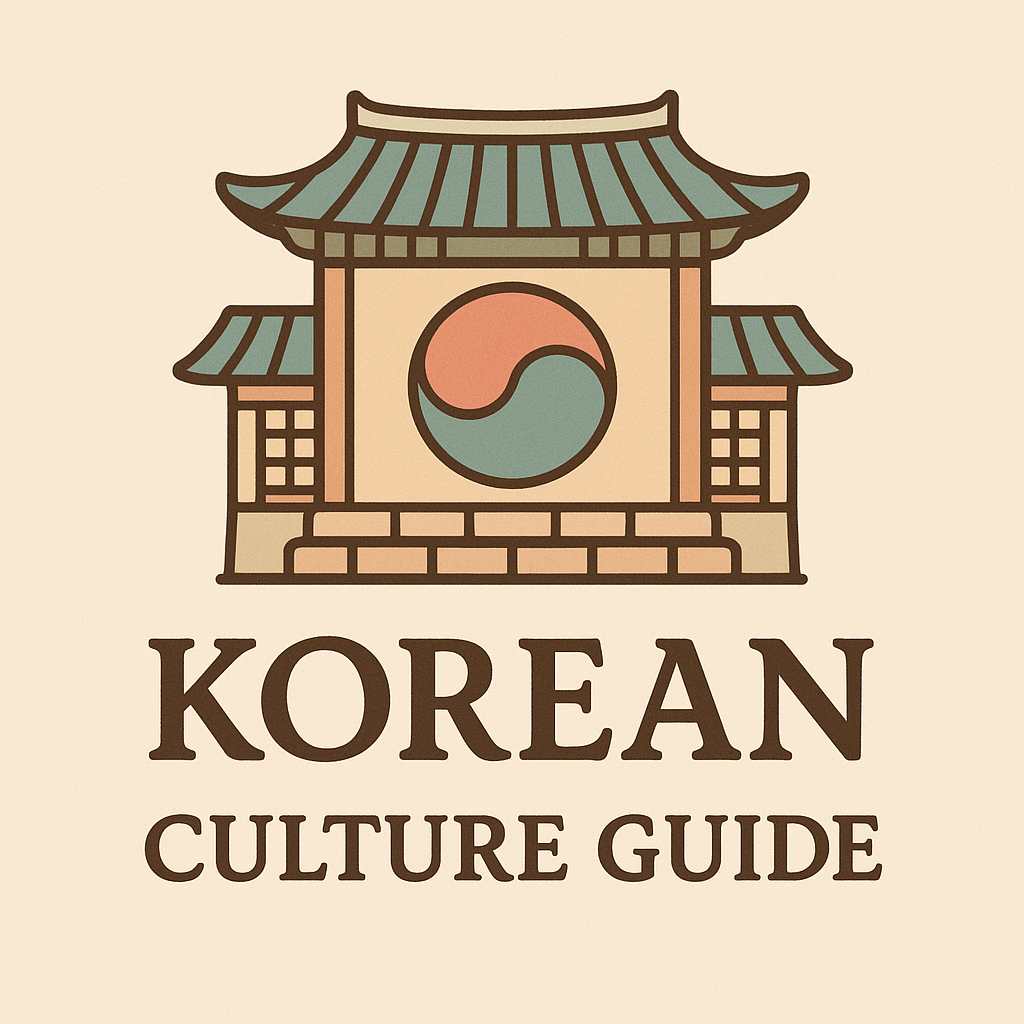-
contents
The Invisible Architects of Korea’s Royal Court
While Korean history often spotlights kings, scholars, and generals, much of the Joseon dynasty’s inner workings were driven by those hidden behind silk screens — the gungnyeo, or Korean court ladies. These women, often dismissed as mere attendants, played vital roles in everything from politics and palace rituals to royal family dynamics.
Far from passive servants, court ladies were strategists, record keepers, confidantes, and influencers. This article uncovers how they quietly shaped the course of Korean history while remaining out of the public eye — their power subtle, but undeniable.

Who Were the Court Ladies of Joseon?
Understanding the Structure and Roles of Gungnyeo
The term “gungnyeo” literally means “women of the palace.” These women were carefully selected from commoner families or low-ranking noble lines and trained to serve within the royal household.
- Ranked and Organized: Court ladies weren’t a monolithic group. They were divided into strict hierarchies, from nain (assistants) to sanggung (senior attendants) and even higher roles like jejo sanggung, who oversaw entire departments.
- Diverse Duties: Their roles went beyond serving food or dressing royals. Some managed the palace treasury, others recorded daily court events, and many became the institutional memory of the palace itself.
Masters of Protocol and Ceremony
How Court Ladies Preserved the Rituals of Royal Life
The royal court operated on a rigid schedule and ritual calendar — and court ladies were the ones who kept it running flawlessly.
- Guardians of Etiquette: From royal weddings to ancestral rites, court ladies choreographed every detail to perfection. They ensured that each event aligned with Confucian principles.
- Trained in Precision: These women underwent years of training in protocol, calligraphy, and traditional arts. Their knowledge of court customs made them indispensable during high-stakes ceremonies.
Keepers of Secrets and Silent Advisors
Why Royal Women Trusted Them More Than Ministers
While ministers and officials came and went, court ladies were constants in the royal household. Many were assigned to a particular royal — a queen, princess, or concubine — and served them for decades.
- Confidantes and Counselors: Court ladies often became trusted listeners for the queen or royal concubines, acting as emotional anchors and discreet advisors.
- Carriers of Influence: Because they moved freely between quarters, they served as informal messengers, sometimes relaying intentions, feelings, or veiled political signals across the palace.
Power Behind the Curtain: Political Intrigue in the Inner Court
How Some Court Ladies Became Political Players
In a palace where power was always shifting, knowledge was currency, and court ladies often knew more than most officials.
- Informal Diplomacy: Some court ladies were used as go-betweens during political disputes, especially when factions formed around royal consorts or heirs.
- Case in Point — Lady Kim: One of the most famous court ladies, Kim Sang-gung, played a key role in protecting Queen Inmok and resisting the powerful Gwanghaegun faction, all from behind the scenes.
Educators, Artists, and Cultural Guardians
How Court Ladies Shaped Korean Heritage
Beyond politics and service, many court ladies contributed to preserving and creating Korean cultural identity.
- Custodians of Hanbok and Cuisine: Court ladies designed and maintained the royal wardrobe and cuisine, ensuring that styles and tastes were both appropriate and refined.
- Transmitters of Knowledge: They passed on their expertise in embroidery, painting, and music to future generations of court ladies, helping preserve Korea’s traditional arts.
From Shadows to Spotlight: Legacy of Court Ladies Today
How Modern Korea Remembers the Women Behind the Screens
Though often unnamed in historical records, the legacy of Joseon’s court ladies is being rediscovered today through dramas, museums, and scholarship.
- Cultural Resurgence: TV series like Dae Jang Geum (Jewel in the Palace) brought the story of court lady Jang Geum, the first female royal physician, to the world stage.
- Institutional Recognition: Modern exhibits at places like Changdeokgung Palace and the National Palace Museum now include detailed sections about court ladies’ lives and roles.
Rewriting the Royal Narrative
The story of Korean court ladies is one of silent strength and sophisticated intelligence. Though physically hidden behind the palace’s folding screens, their influence stretched far beyond the royal walls. They shaped not only royal decisions, but also Korea’s cultural identity.
In revisiting their stories, we are reminded that history isn’t just made by those who speak the loudest — sometimes, it’s written in quiet gestures, whispered words, and unwavering loyalty.
'culture' 카테고리의 다른 글
K_Culture Guide
Korea Vibes Blog shares real stories, cultural insights, and travel tips from Korea. Discover what makes Korean life so unique.
